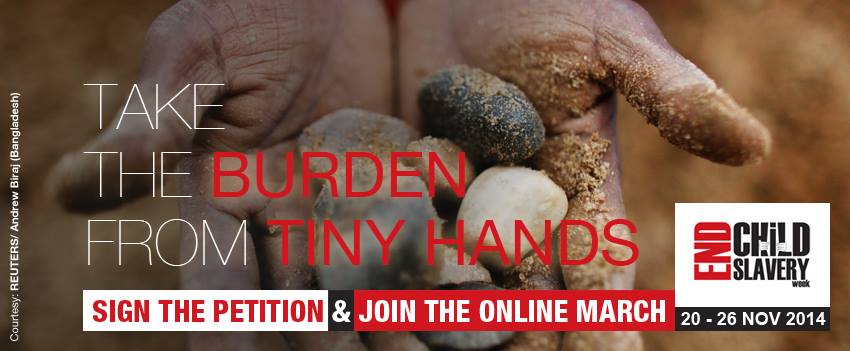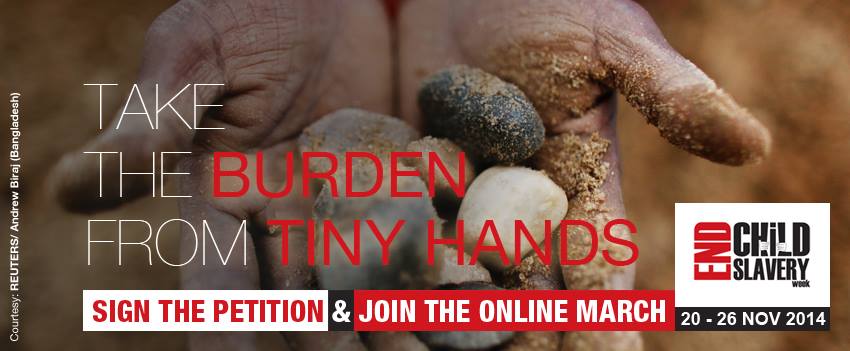
Sustained Effort to Eliminate Child Slavery
 10696263_1515703668678354_3614213108823739386_n
10696263_1515703668678354_3614213108823739386_n
Four years ago, I attended a forum in Washington, DC, sponsored by the International Labour Organization (ILO), entitled A Day to End Child Labor. At the time, I was a program analyst at the State Department, where I specialized in human rights. Today, I find myself as the head of IOFA, a nongovernmental organization dedicated to eliminating trafficking and exploitation of vulnerable adolescents worldwide. It may not seem like a long time, but looking back, I feel that much was accomplished on that day and in the days that followed. With the ILO reporting that child labor has declined by one-third globally since 2000 and continues to decline—falling 40% for girls and 25% for boys—it is encouraging to see measurable progress toward eliminating this form of child slavery.
Such sustained efforts could not be accomplished without a clear plan of action (such as the 2010 Hague Roadmap for Achieving the Elimination of the Worst Forms of Child Labour by 2016) and institutional commitment across diverse sectors, including government, law enforcement, NGOs, the education system, and private industry. In the U.S., IOFA has been working with forward-thinking child welfare agencies like the Department of Children and Family Services in Illinois and the Office of Children and Family Services in New York to build institutional capacity and improve the child welfare systems’ response to child sex and labor trafficking by applying some of these lessons.
Naturally, there are challenges in uniting practitioners, policymakers, and advocates focused on child sex trafficking and child labor. Many different players with different approaches are involved in addressing these issues—from state regulatory agencies to advocates and survivor-led organizations that can be critical of official response. However, within this challenge, we also see great potential for learning and innovation.
Convening these disparate stakeholders (most recently through our ChildRight New York project) is producing stronger partnerships and coordination among groups that don’t often work together to create solutions. The multi-disciplinary approach can also unite people around innovative and impactful ideas, such increasing parental engagement, working with healthcare systems, and implementing targeted prevention strategies to engage runaway and homeless youth. By collaboratively creating an action plan, like the forthcoming ChildRight New York Blueprint, stakeholders can work in concert to achieve measureable goals. Resources may be limited, but with good ideas and resolve to keep fighting, we can virtually put an end to child slavery in all its forms.
This week, a joint initiative is seeking to mobilize the world on this issue and demand that it be incorporated into the post-2015 Development Agenda. A week is not enough to end child slavery, but in this week, we can plant the seeds for years of coordinated effort that will help the plight of vulnerable young people around the world.
For more information on End Child Slavery Week, visit www.endchildslaveryweek.org.
Moizza Khan is the Executive Director of the International Organization for Adolescents (IOFA), a nonprofit based in Chicago that has been working since 1999 to build institutional capacity and collaboration to address international and domestic child welfare issues. Prior to joining IOFA, she served as a management and program analyst for the U.S. Department of State for over four years, specializing in human rights in Asia and the Middle East.
